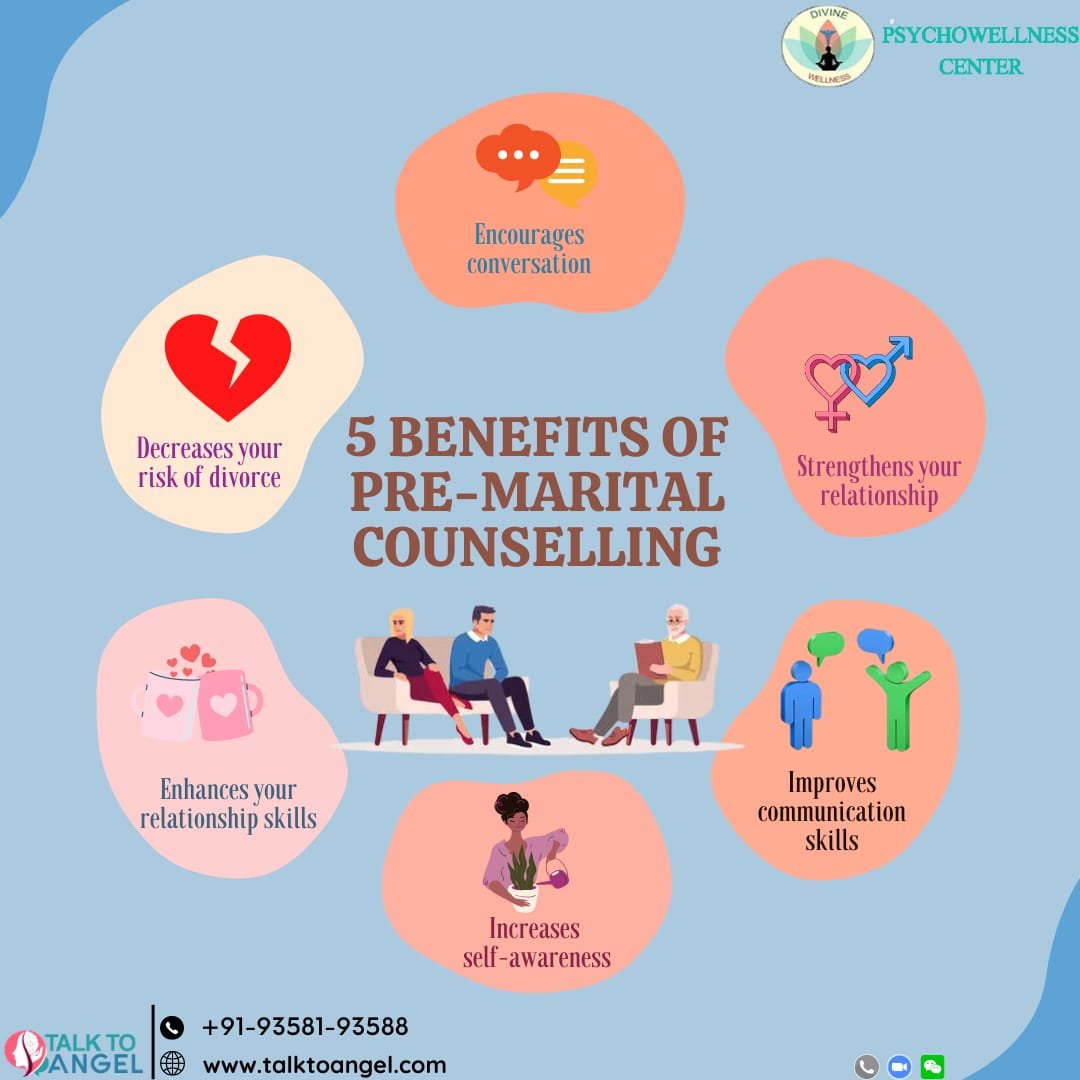8 Easy Facts About Aim Point Counseling Explained
8 Easy Facts About Aim Point Counseling Explained
Blog Article
The Facts About Aim Point Counseling Uncovered
Table of ContentsAll about Aim Point CounselingOur Aim Point Counseling PDFsFacts About Aim Point Counseling Uncovered5 Simple Techniques For Aim Point CounselingAim Point Counseling - TruthsUnknown Facts About Aim Point Counseling
The longitudinal style involves a pre-treatment study and 2 follow-up studies at 3- and 12-months post-intervention. The study is embeded in 8 Relationships Australia Victoria centres, across metropolitan, external suburbs, and regional/rural sites. Relationships Australia, a non-government organisation, is the biggest service provider of pair therapy and partnership solutions in Australia.
These high rates of partnership breakdown have been constantly connected with negative health and wellness effects for both adults and kids complying with divorce/separation.
The Ultimate Guide To Aim Point Counseling
Longitudinal research studies also recommend that children of separation have a greater incidence of mental conditions, alcohol and drug usage, and high-risk sex-related practices [7] The effects of separation and splitting up can be destructive, study shows that high connection disharmony in intact pairs is likewise likely to have negative end results.
Aspects that influence the outcomes of these solutions require detailed investigation. Study to day has recognized both couple and private elements that might add to partnership dissonance. These include relationship contentment and commitment at the couple degree, and depression at the individual level. Durable research study to examine relationship-enhancing interventions in the area are scarce.
Aim Point Counseling Can Be Fun For Everyone
While a lot of researches show renovations in connection contentment following couple counselling, they are restricted by the samples and measures made use of, largely short-term follow-up time frames, and analyses that do not account for the dyadic nature of pair information - male counselor. Partnership commitment, based upon steps such as the Commitment Stock (CI) [19], is an additional typically checked out partnership end result.
To sum up, study shows that couple-specific variables along with individual variables might predict the end results of couple counselling and connection solutions. The causal instructions of these connections, nonetheless, is less clear. These observations are essential, since, to warrant and lead the application of relationship solutions such as couple therapy, empirical evidence must explore both the outcomes of connection services and the elements that anticipate effective therapy.
, at the very least in some European countries.

We presently understand little about the accounts of pairs who seek connection education contrasted with those that seek connection coaching, or the end results of these programs. Unscientific evidence recommends that there may be substantial distress amongst at least some pairs looking click for more info for relationship education. Connection education programs vary from couple therapy as they are normally extremely structured, carried out in groups, and focus on a mix of 4 elements; understanding, feedback, cognitive adjustment, and skills training [45]
Indicators on Aim Point Counseling You Should Know
Comments involves individuals finishing surveys about their relationship (e.g. steps of interpersonal problems), and getting information on what their ratings suggest. Cognitive-behavioural approaches promote altering cognitions to facilitate positive connections.
These meta-analyses highlight limitations in the present literature on relationship education. This sample profile may not represent customers who commonly present for partnership education and learning.
A Biased View of Aim Point Counseling

Extremely little research study has actually analyzed the relative benefits of pair coaching and partnership education programs. As clients are most likely to self-select right into these service types, it is not clear whether particular partnership distress profiles existing to each service kind, or undoubtedly whether there is a communication in between presenting account, service kind and end result.
(https://toddrashid01.wixsite.com/aim-point-counseling)
Therefore, we have consisted of a 12-month follow-up to determine longer-term patterns and impacts. The research utilizes a variety of standardized result steps since some prior examinations have been criticised for their absence of standard evaluation [50] The use of analytical analyses that think independence of information, such as t-tests, or ANOVAs, has actually been prevalent in previous researches [ 44,49]
We suggest to utilise multi-level statistical modelling treatments that manage for the inter-dependence of pair data to analyze any kind of treatment impacts. The certain purposes of the ECC research are to: 1. Map profiles of clients looking for community agency-based pair coaching vs. relationship improvement programs in regards to socio-demographic and partnership signs (such as relationship contentment, relationship commitment, social problems, and factors for participating in), as well as health and wellness (such as depression, basic wellbeing) and health solution usage (eg.
Establish whether couple therapy and relationship education services improve 3- and twelve-month outcomes for relationship complete satisfaction, dedication, and anxiety, using analytical analyses suitable to couple information. christian counseling. Figure out the loved one contributions of client variables (specific and pair) and therapy/education aspects to outcomes at 3- and 12-months, and to sustainability of results over time.
The Ultimate Guide To Aim Point Counseling
Multi-level modelling to determine pre-post differences, managing for dyadic (pair) level. To contribute to the literary works evaluating the effectiveness of community-based pair counselling. The outcomes will certainly aid medical decision-making in community-based connection solution setups, and specialist training. 3. To figure out the loved one contributions of client/couple and therapy elements to end results at 3- and 12-months, and to sustainability of results with time.
Report this page